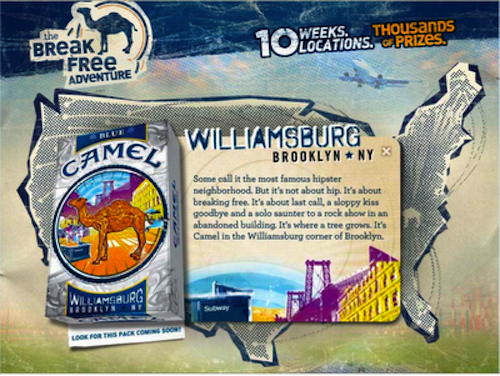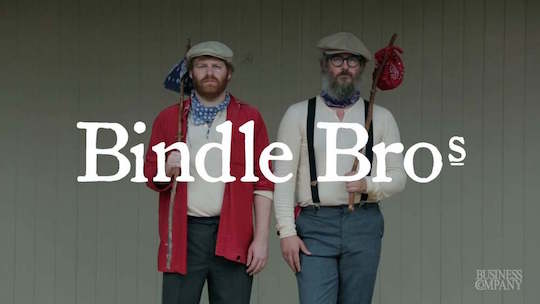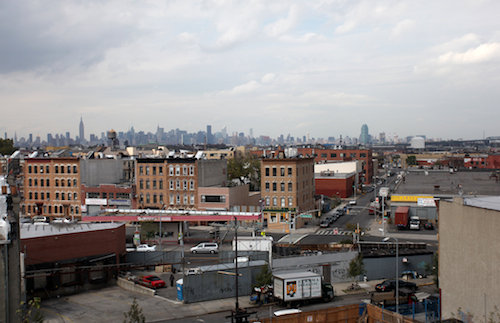One of the best features of satire, in my opinion, is how it encourages the uncharitable reader[/ref]or auditor, or viewer, or whatever[/ref] to attack at the wrong moment. It’s like a boxing feint. I first encountered this New York Times story on the Bindle Bros. of Brooklyn—an artisanal bindle company that uses “locally grown, naturally fallen” sticks to make $350 bindle bags—shared on Twitter with the comment “come on, Williamsburg.” The commenter had even retweeted the story from an original sharer who presented it as satire, but no matter: it fit his sense of hipster affectation, and he leapt to scorn it.
Tag Archives: williamsburg
Florent Morellet on being cool in Bushwick
The best stories in the New York Times are not technically news. For example, Florent Morellet, the founder of the Florent bistro in Manhattan’s meatpacking district, is moving to Bushwick essentially to be cool. The meatpacking district was industrial and vaguely dangerous when Florent opened in 1985, just like Bushwick is or was at one time. But when? Much as the meatpacking district is now as far from the mean streets as it could be, with its bridge-and-tunnel nightclubs and Apple store, Bushwick is of dubious currency. It’s definitely not as gentrified as Little West 12th Street, but it is not the same place it was in, say, fall of 2000. That’s when I lived in Bushwick, in a two-bedroom walkup that rented for $750. If you direct your attention to page three of the Times article, you will see that the average rent for a one-bedroom in Bushwick in 2013 is $1,950.
Semiological problem: Williamsburg-themed cigarettes

Promotional material for Camel's new Williamsburg-themed cigarettes. No word yet on dogs and cats living together.
In what is surely the third most infuriating development of the last year, the RJ Reynolds tobacco company has begun marketing a brand of Camels to Williamsburg hipsters. The packs are being sold as part of a national campaign associating Camel Blues—née Camel Lights—with Austin, the Haight, and other ostensibly hip American locales, and feature everyone’s favorite cigarette-smoking horse in front of the Williamsburg Bridge, a New York subway stop and the facade of what appears to be a SoHo warehouse. The second most infuriating development of this year is this lead from the Observer article: “You’re just another rebellion-minded young kid with ambitions to be like one of those people you associate yourself with. That’s correct, you want to be a hipster.” I defy you to comprehend that sentence on the first try. The most infuriating development of the year is that people are actually buying these things. Once again, the concept of the hipster rears its two, bickering heads: one a risible and obvious construction designed to sell cigarettes, blog posts and copies of New York magazine, the other a phenomenon that is evidently real, if only a real illusion.*


